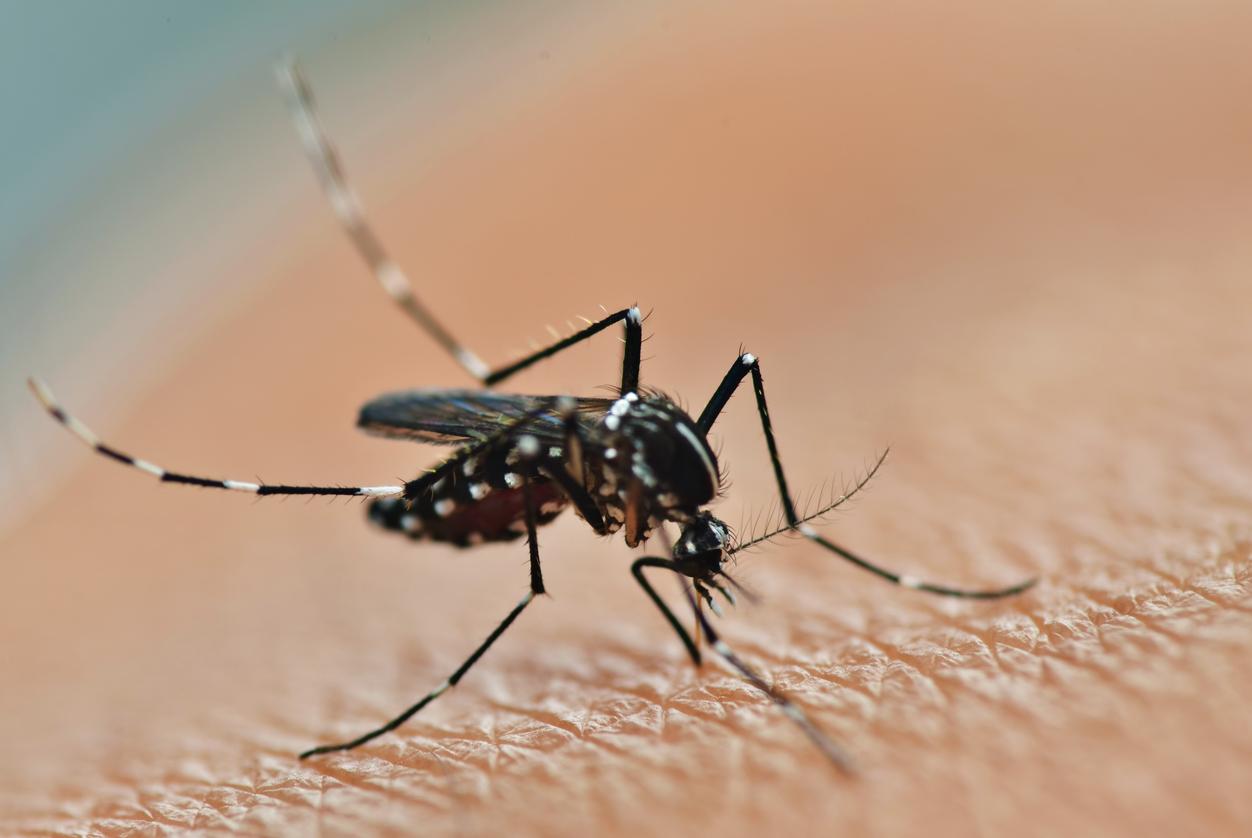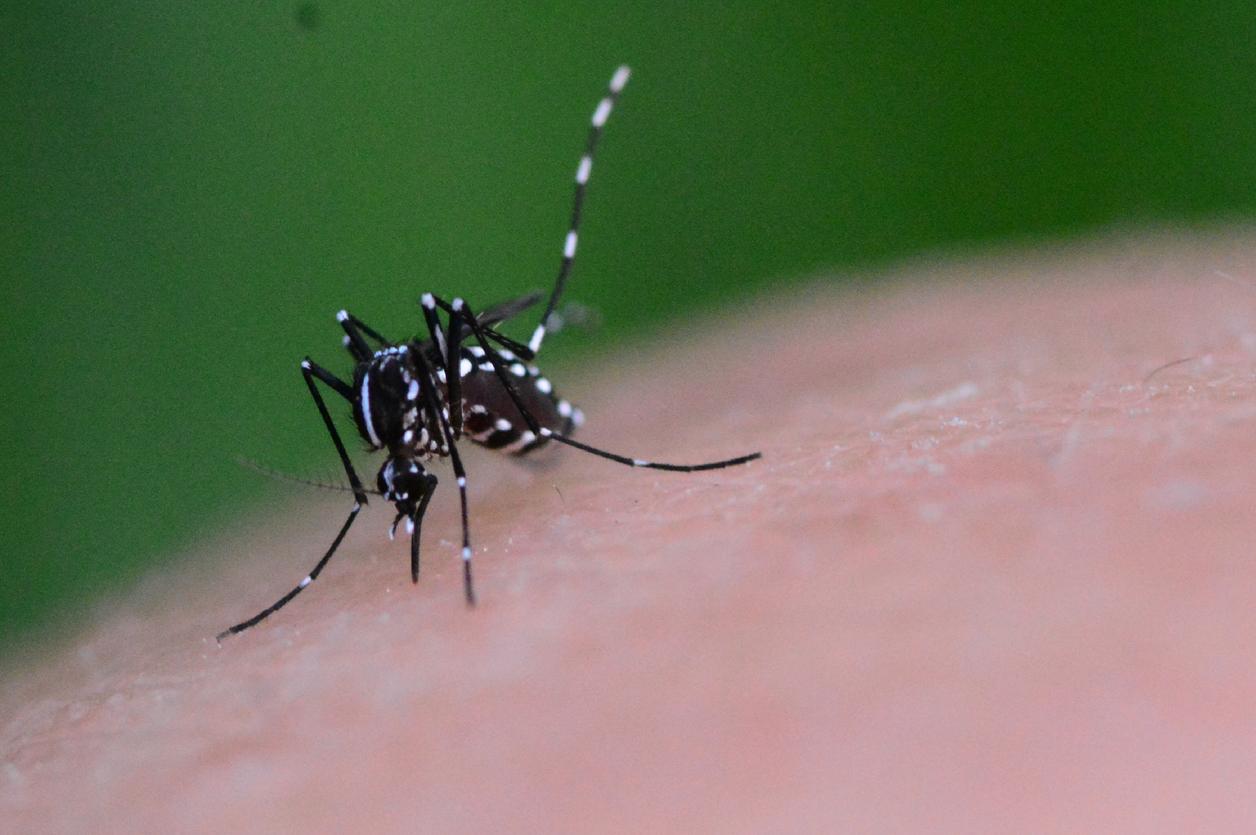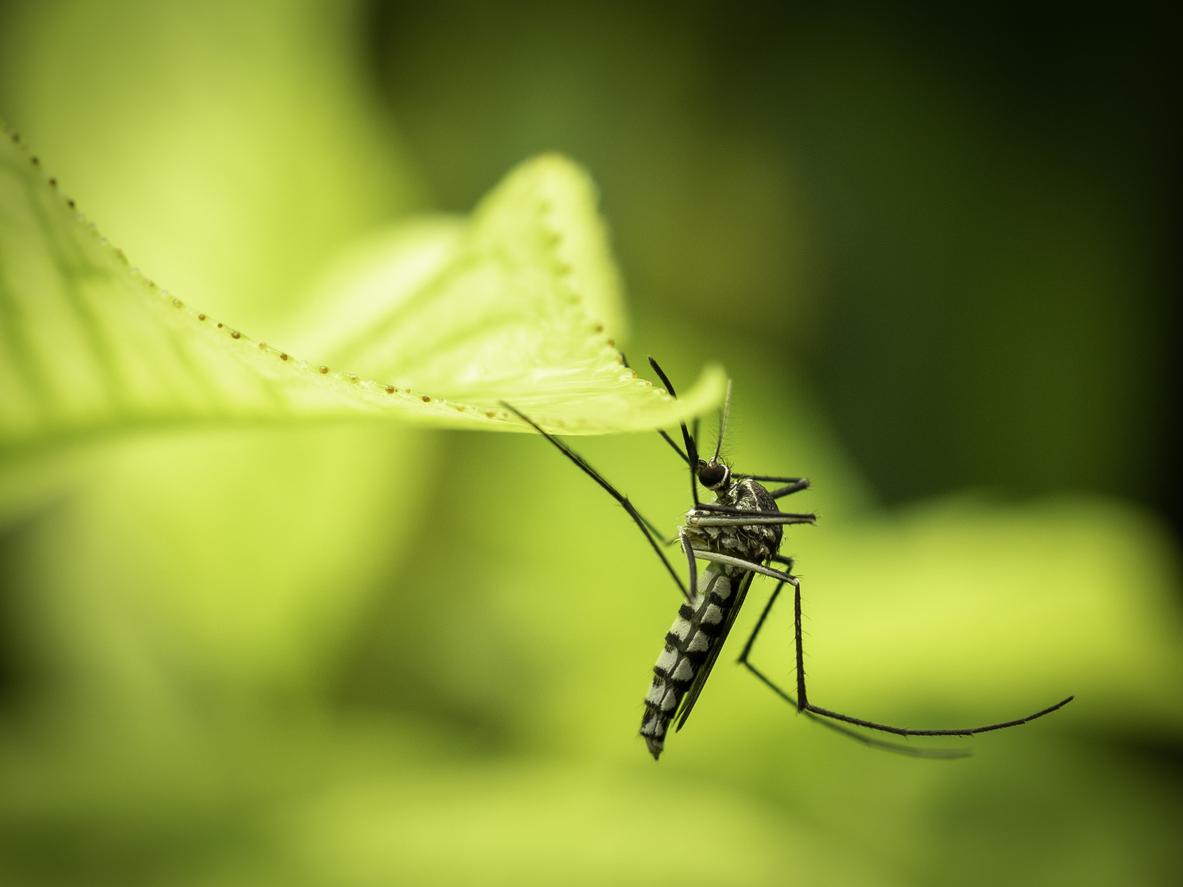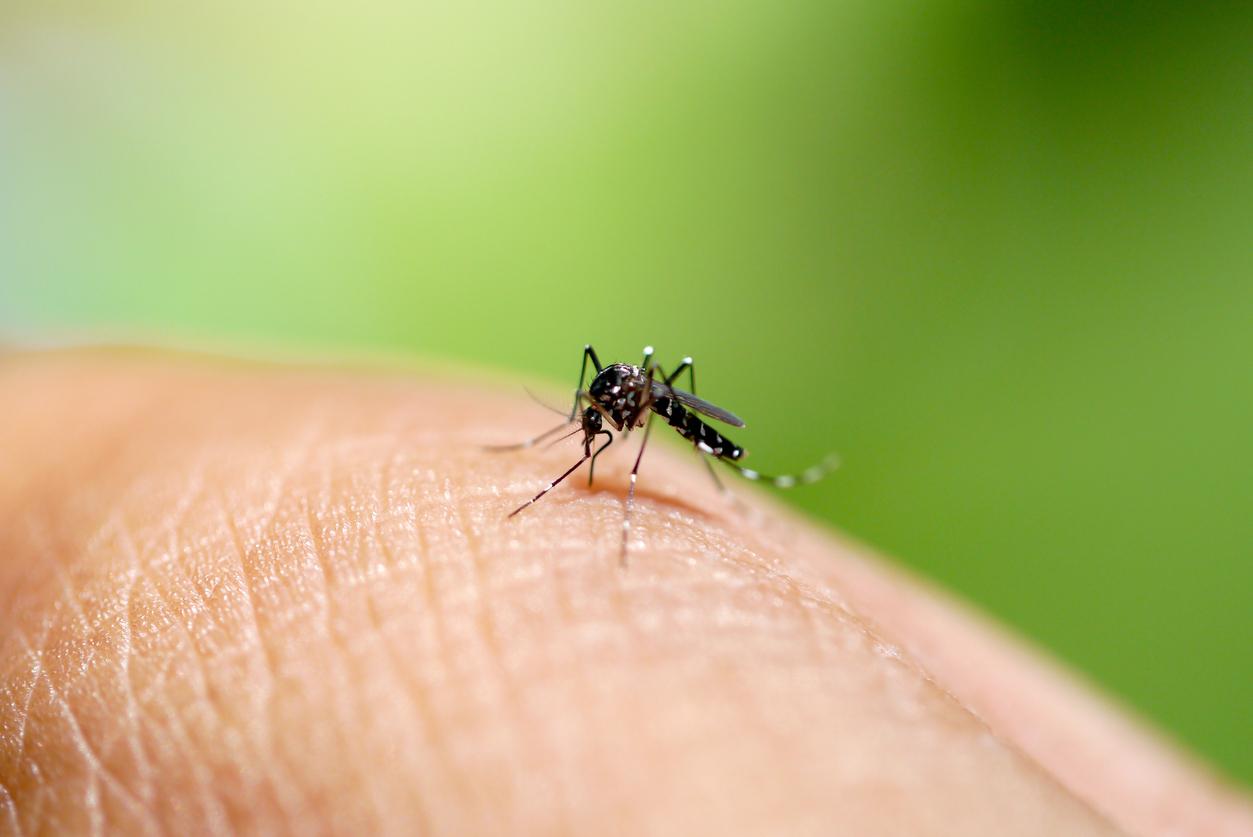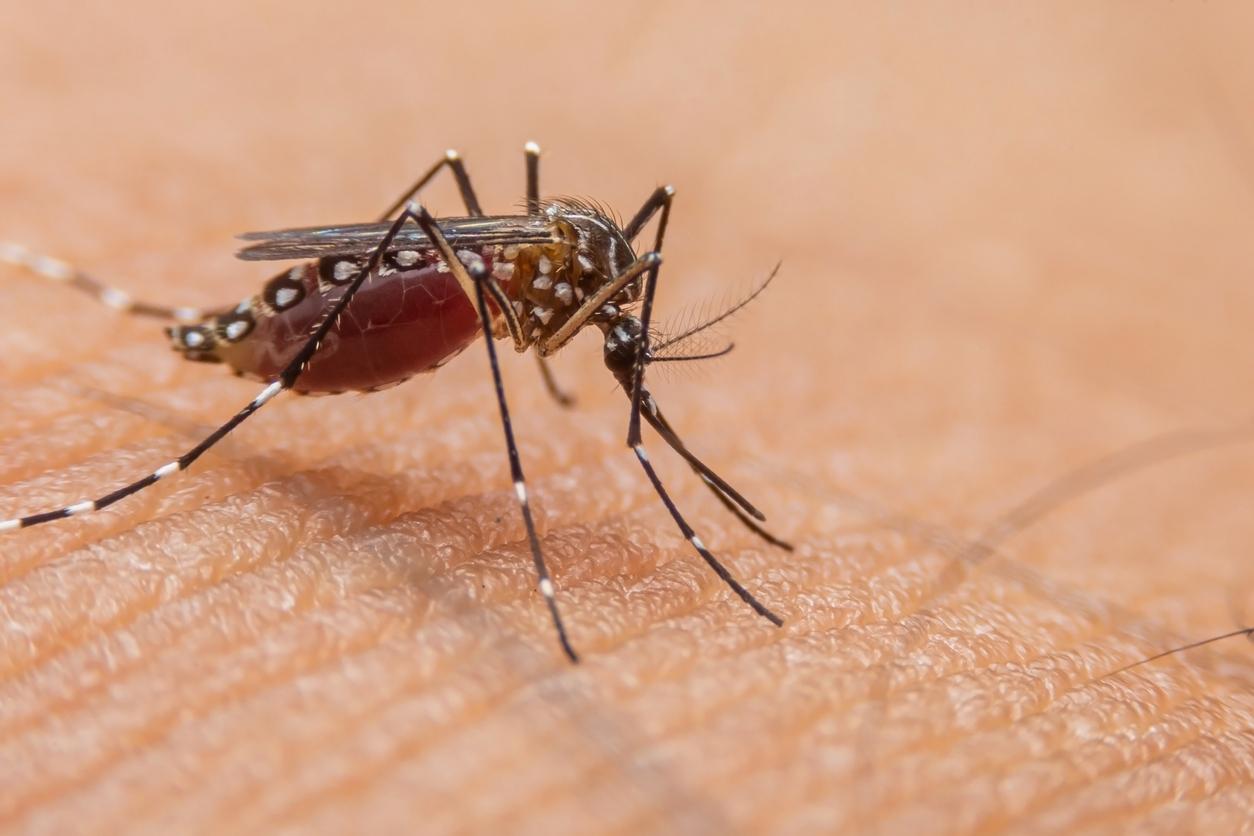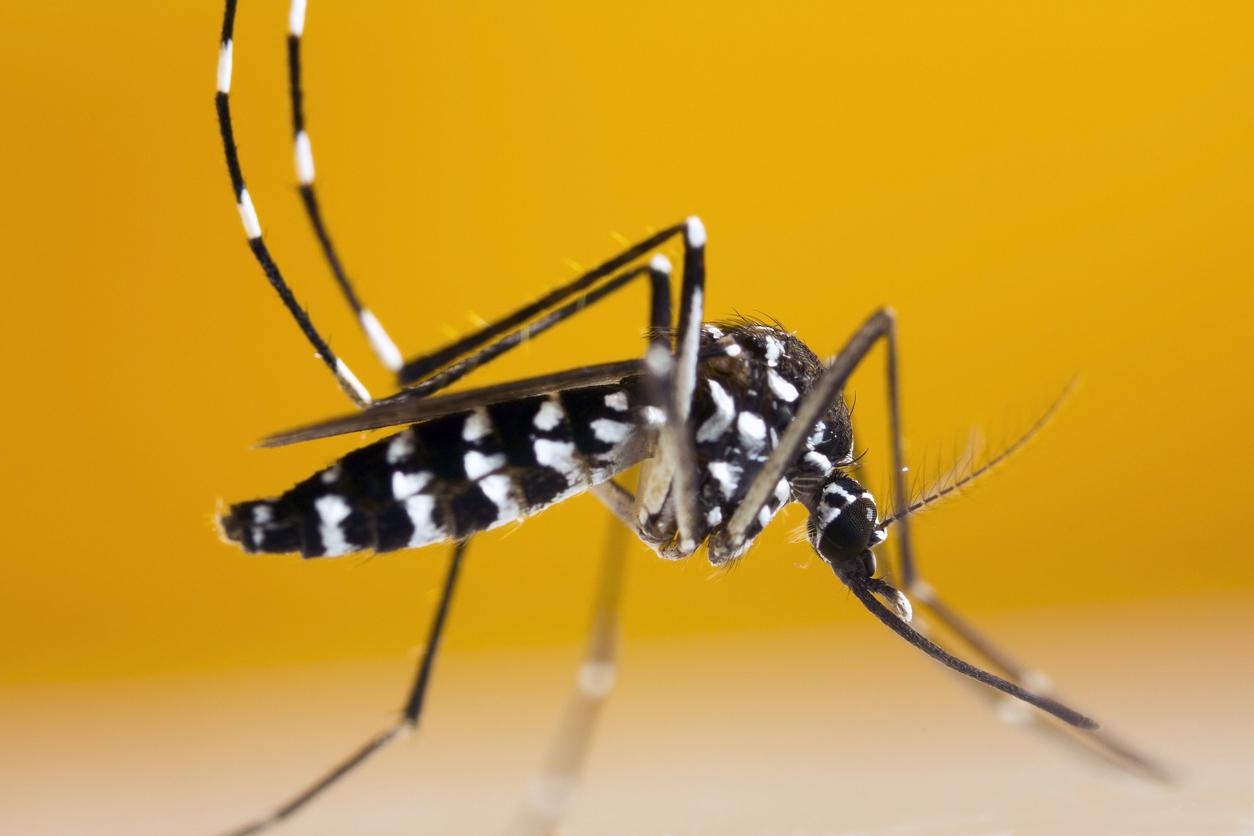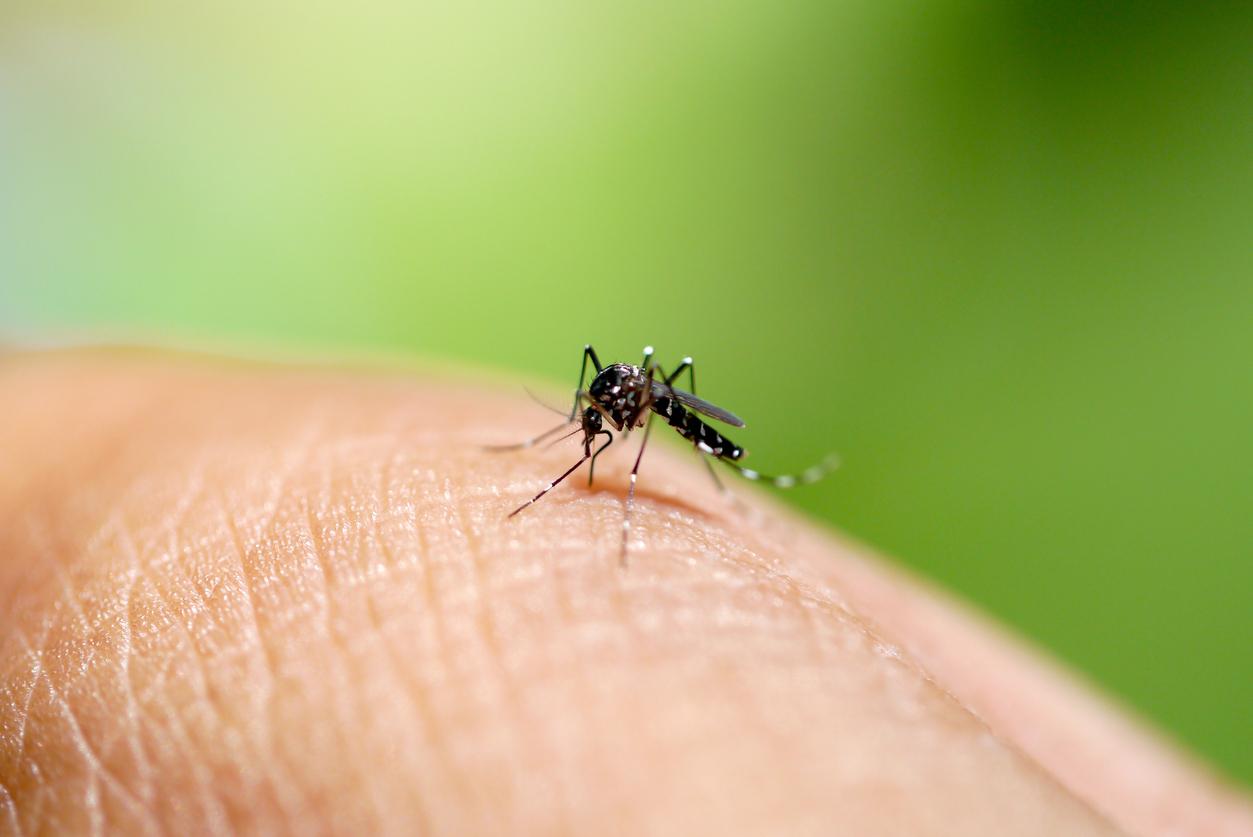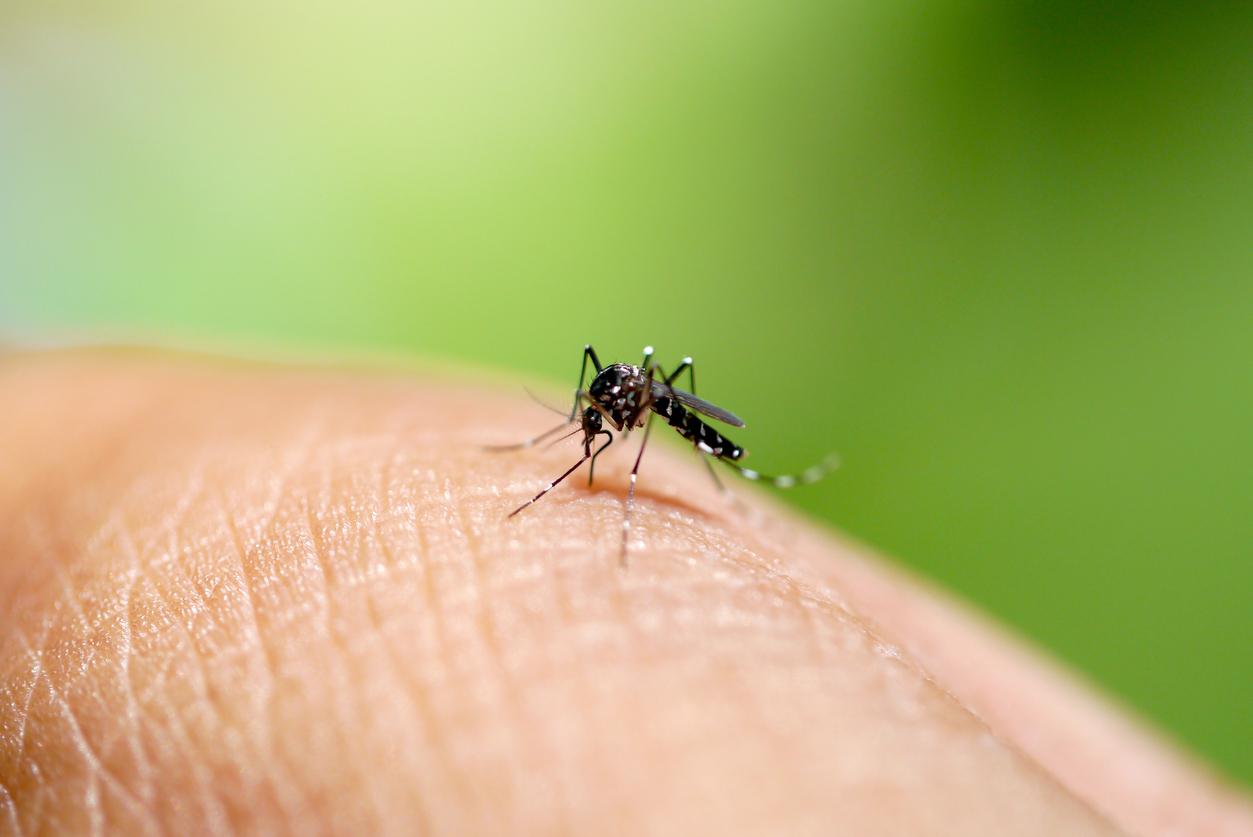The Normandy Regional Health Agency (ARS) observed for the first time the presence of the tiger mosquito on its territory.
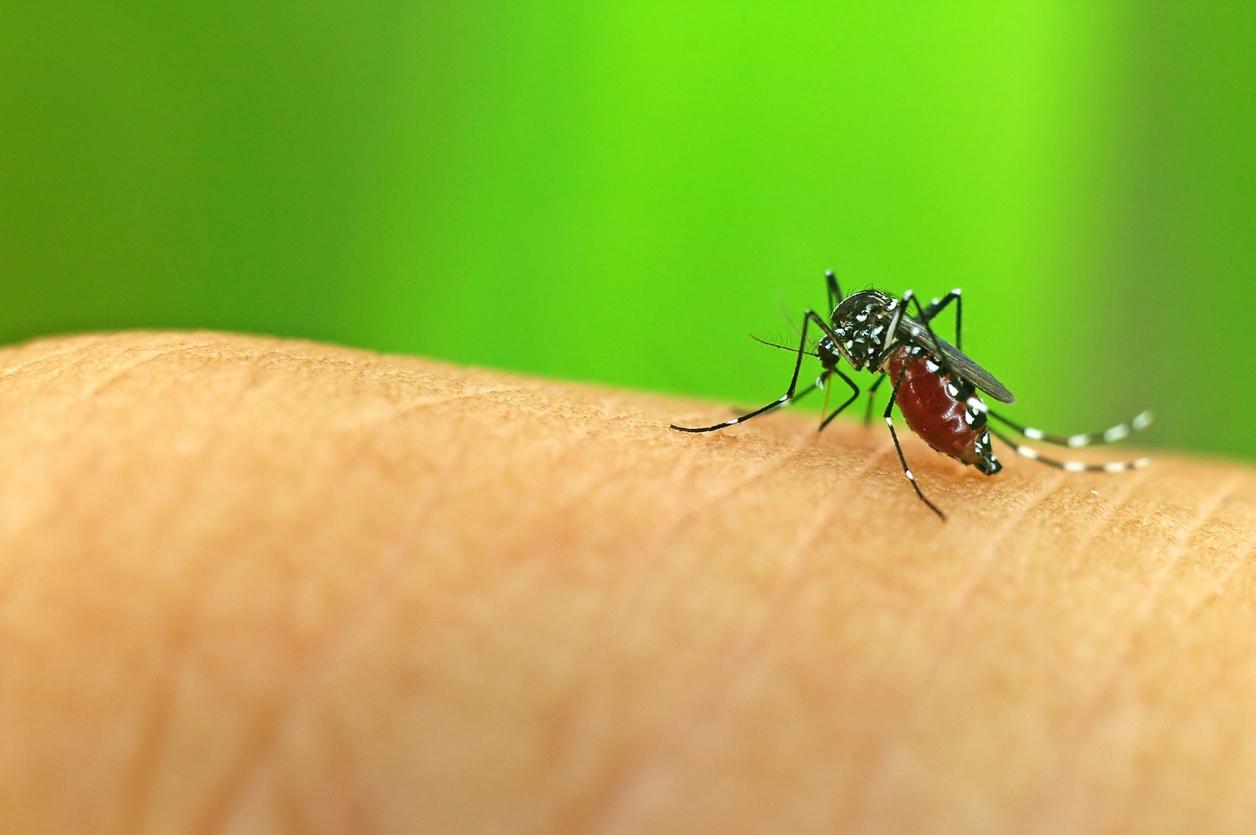
- On March 19, ARS Normandy confirmed the establishment of the tiger mosquito for the first time in this territory.
- The tiger mosquito can be a vector of diseases such as dengue, chikungunya or the zika virus.
- To prevent the risks associated with the tiger mosquito, it is recommended to remove places or objects which may contain stagnant water, which are conducive to the development of larvae.
Normandy was the last region spared from the presence of the tiger mosquito. In a statement published on March 19, the Regional Health Agency (ARS) announced that it had discovered the presence of this insect in Seine-Maritime following a field survey carried out in September 2023. “The tiger mosquito has thus accelerated its progression on the national territory in recent years (…) To date, no local transmission of disease linked to this mosquito has been observed in Normandy”we can read in the document.
Tiger mosquito: measures put in place to limit its development
The tiger mosquito can be a vector of diseases such as dengue, chikungunya or the Zika virus. They are transmitted to humans through the bite of this insect. It is recommended to consult a doctor in the event of signs suggestive of these pathologies (djoint/muscle pain, headache, rash with or without fever, conjunctivitis, etc.).
As part of monitoring the development of the tiger mosquito, ARS Normandy announced that “measures of“Graduated management adapted to the local context will be implemented when the mosquito is spotted or a case of arbovirus is declared in the territory.”. They will consist of destroying the nests where the larvae are present or using insecticide treatments.

Good actions to limit the multiplication of the tiger mosquito
With the return of sunny days, weather conditions become more favorable for the circulation of the tiger mosquito in the territory. To combat its proliferation, several good actions can be adopted. It is recommended to remove places or objects that may contain stagnant water, which are conducive to the development of larvae. “If the containers cannot be emptied, access to water must be eliminated by, for example, installing mosquito nets on rainwater tanks, sand in flower bowls, cleaning the gutters as well as the evacuation manholes. These practices are essential to avoid or slow down the development of this insect”underlined the ARS.
It is also possible to report the potential presence of a tiger mosquito on the site: https://signalement-moustique.anses.fr.








